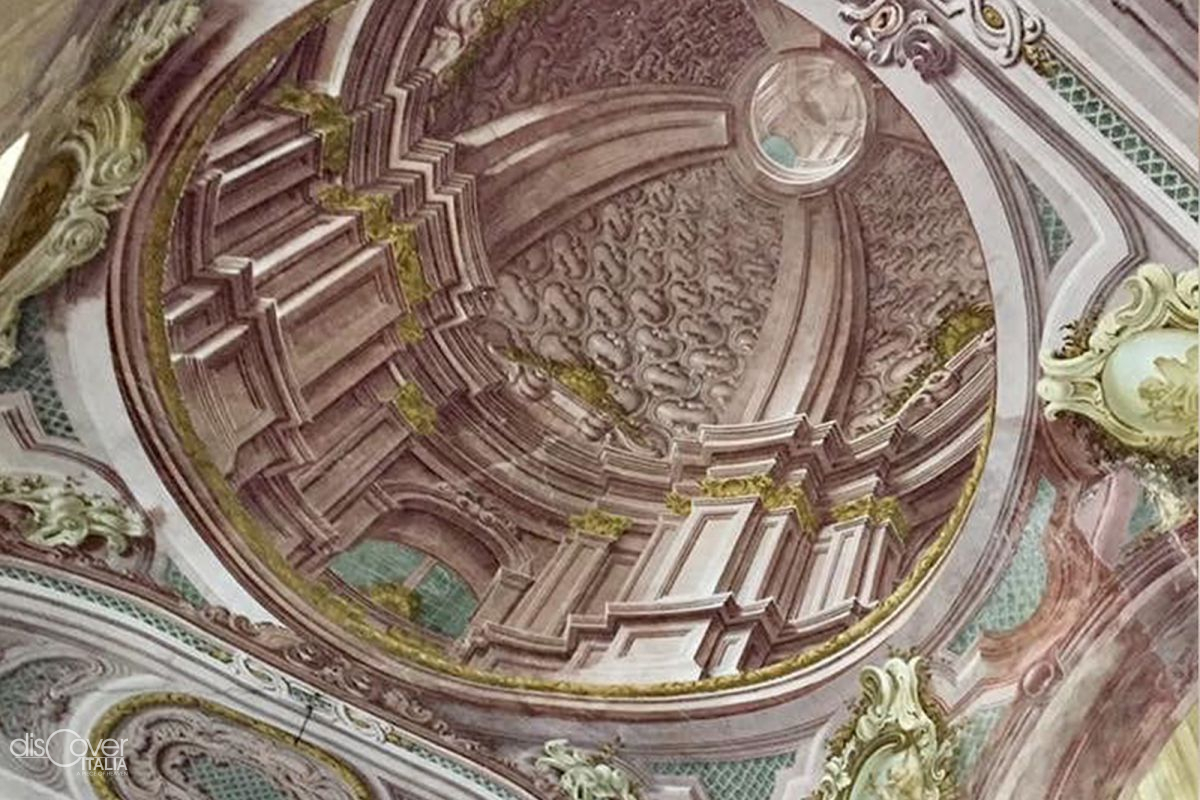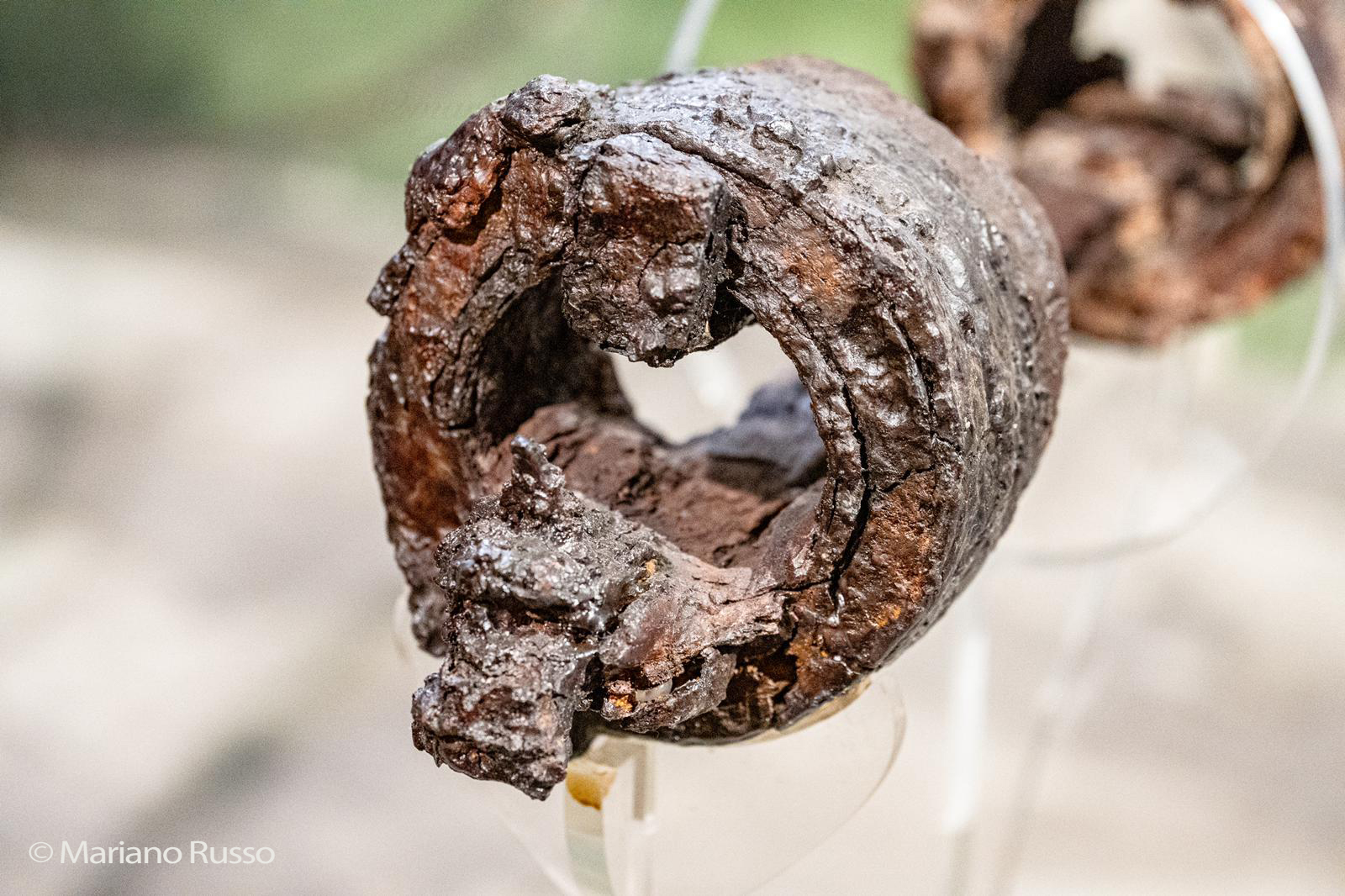
That stretch of coast on the slopes of Vesuvius has already conquered at the beginning of the 17th century the d’Elboeuf Duke, Emmanuel Maurice of Lorraine, who asked the architect Ferdinando Sanfelice to build a magnificent villa on the sea. Settled in Portici, the noble of ancient European lineage, after having known about some ancient pieces discovered digging a well in Herculaneum, near his property, had personally dedicated himself to some research in the subsoil and had found precious finds which had embellished the interiors of his residence, marking this way the beginning of the exploration of the ancient Herculaneum.

From Boccaccio to the Grand Tour and now also museum.
Clean air and lush green. Plus the unforgettable view over the Gulf of Naples. These features attracted attention to the hill at the bottom of Mount Faito, which appeared to be an ideal place to build a royal residence. As it happened in the second half of the 13th century, definitely before 1280. The first to enjoy the excellent position of that building was Charles I of Anjou, at whose epoch date back the oldest documents of the palace on the hill in the city that already had the castle by the sea from which it would have taken its name.